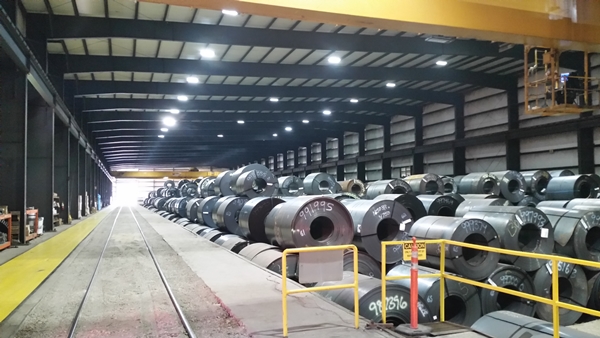Steel producers can make steel without carbon emissions if they make $278 billion of extra investment by 2050, according to a new report from research firm BloombergNEF (BNEF).
Hydrogen and recycling are likely to play a central role in reducing emissions from steel production, the report said. Steel is responsible for around 7 percent of man-made greenhouse gas emissions every year and is one of the world’s most polluting industries.
Five key actions for steel sector to consider
# 1 boost the amount of steel that is recycled, particularly in China
# 2 procure clean energy for electric furnaces
# 3 design all new capacity to be hydrogen or carbon capture-ready
# 4 begin blending hydrogen in existing coal- and gas-based plants to lower the cost of green hydrogen
# 5 retrofit or close any remaining coal-fired capacity by 2050
By 2050, green hydrogen could be the cheapest production method for steel and capture 31 percent of the market. Another 45 percent could come from recycled material, and the rest from a combination of older, coal-fired plants fitted with carbon capture systems and innovative processes using electricity to refine iron ore into iron and steel.
Today, around 70 percent of steel is made in coal-fired blast furnaces, with 25 percent produced from scrap in electric furnaces, and 5 percent made in a newer, typically natural gas-fired process known as DRI, or direct reduced iron. Converting a significant portion of the fleet to hydrogen would require more DRI plants and more electric furnaces. Blast furnace production would fall to 18 percent of capacity in this scenario.
BloombergNEF estimates that new clean capacity and retrofits for lower emissions will cost the steel industry an additional $278 billion compared to business-as-usual capacity growth. This is a relatively modest figure, compared to the $172 trillion estimated by BNEF to decarbonize the global energy sector.
Most of the costs to make green steel come from operations, rather than capital costs. Reducing the cost of green hydrogen is thus critical, and BNEF estimates that these should fall more than 80 percent by 2050 to under $1/kg in most parts of the world.
Green recycling is also a cost-effective and immediate solution. Steel recycled using 100 percent clean electricity would only require a 5 percent premium to match costs for today’s recycled material. By 2050, with lower clean power costs, this premium could shrink to less than 1 percent.

